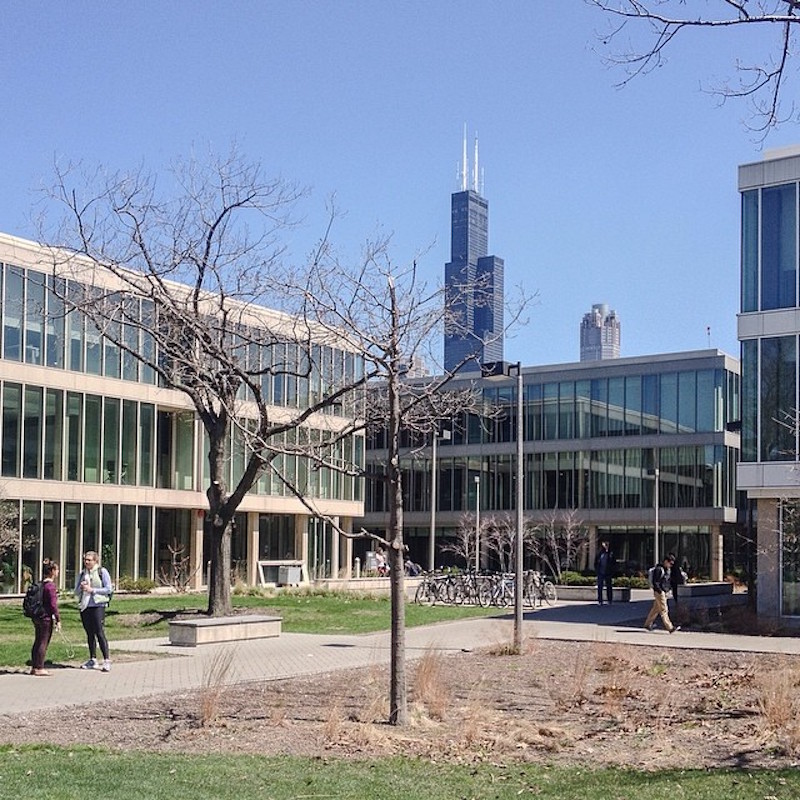To understand the wretched state of financial affairs at many of the nation’s public colleges and universities, one need look no further than The Prairie State.
Illinois is widely considered the worst-run state in the U.S. Crippling pension obligations, $150+ billion in debt and unpaid bills, deeply divided political leadership, the nation’s highest property taxes, all-time-high net out-migration population (105,217 in 2015), and, most alarming, a nearly two-year budget stalemate that has kept public and private businesses and institutions on edge. Sitting on $26 billion of outstanding general obligation bonds, Illinois claims the lowest credit rating among the states—BBB (Fitch Ratings), just two notches above the junk level—and, based on its present course, debt obligations are only going to worsen in the coming years.
The state’s public universities and colleges have been among the hardest hit by the budget impasse, losing (temporarily) as much as a third of their operating budget—all while dealing with flat or declining enrollment numbers. Illinois’ political and fiscal mess has left these institutions—especially the smaller, regional schools that can’t lean on private donors or sizable endowments to get by—gasping for air.
How can public institutions expect to survive and thrive in this turbulent environment? The answer, for one school anyways, is to think and act like entrepreneurs, to bypass the traditional funding and operational models—to escape forward.
Michael Amiridis, Chancellor of the University of Illinois at Chicago—one of just four public universities in the state that has seen enrollment grow in recent years—coined the term when describing the school’s strategies for growth. They include a mix of belt-tightening tactics—including reorganizing internal operations to improve efficiencies and reduce costs—and creative public-private partnerships, not only for capital infrastructure, but also for vital operations areas, like international student recruiting and online degree program delivery.
“We are using private capital to build the necessary infrastructure, whether it is human services, such as a global network of student recruiters, or capital projects, such as a new complex including dormitories and classrooms,” Amiridis wrote in a April 13 letter to Crain’s Chicago Business. He says the school is looking to create “reliable revenue streams” through infrastructure projects that offer a solid ROI and that will payoff for years to come.
To be sure, not all public schools face such chaos. Illinois offers the most extreme case. But enterprising institutions like UIC offer a path forward during an era when state and local government budgets across the nation are under heavy scrutiny. Colleges and universities would be wise not to expect a windfall of public funds anytime soon. Escape forward!
Related Stories
| Oct 17, 2011
Clery Act report reveals community colleges lacking integrated mass notification systems
“Detailed Analysis of U.S. College and University Annual Clery Act Reports” study now available.
| Oct 14, 2011
University of New Mexico Science & Math Learning Center attains LEED for Schools Gold
Van H. Gilbert architects enhances sustainability credentials.
| Oct 12, 2011
Bulley & Andrews celebrates 120 years of construction
The family-owned and operated general contractor attributes this significant milestone to the strong foundation built decades ago on honesty, integrity, and service in construction.
| Sep 30, 2011
Design your own floor program
Program allows users to choose from a variety of flooring and line accent colors to create unique floor designs to complement any athletic facility.
| Sep 23, 2011
Okanagan College sets sights on Living Buildings Challenge
The Living Building Challenge requires projects to meet a stringent list of qualifications, including net-zero energy and water consumption, and address critical environmental, social and economic factors.
| Sep 14, 2011
Research shows large gap in safety focus
82% of public, private and 2-year specialized colleges and universities believe they are not very effective at managing safe and secure openings or identities.
| Sep 7, 2011
KSS Architects wins AIA NJ design award
The project was one of three to win the award in the category of Architectural/Non-Residential.
| May 18, 2011
Major Trends in University Residence Halls
They’re not ‘dorms’ anymore. Today’s collegiate housing facilities are lively, state-of-the-art, and green—and a growing sector for Building Teams to explore.
| May 18, 2011
Raphael Viñoly’s serpentine-shaped building snakes up San Francisco hillside
The hillside location for the Ray and Dagmar Dolby Regeneration Medicine building at the University of California, San Francisco, presented a challenge to the Building Team of Raphael Viñoly, SmithGroup, DPR Construction, and Forell/Elsesser Engineers. The 660-foot-long serpentine-shaped building sits on a structural framework 40 to 70 feet off the ground to accommodate the hillside’s steep 60-degree slope.
















